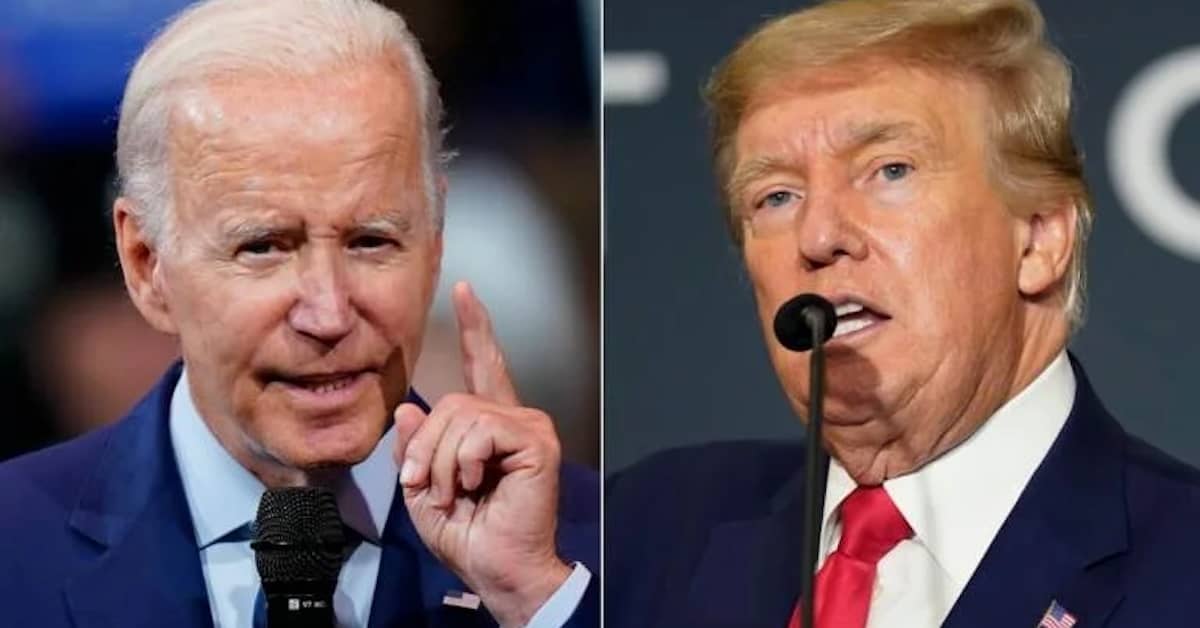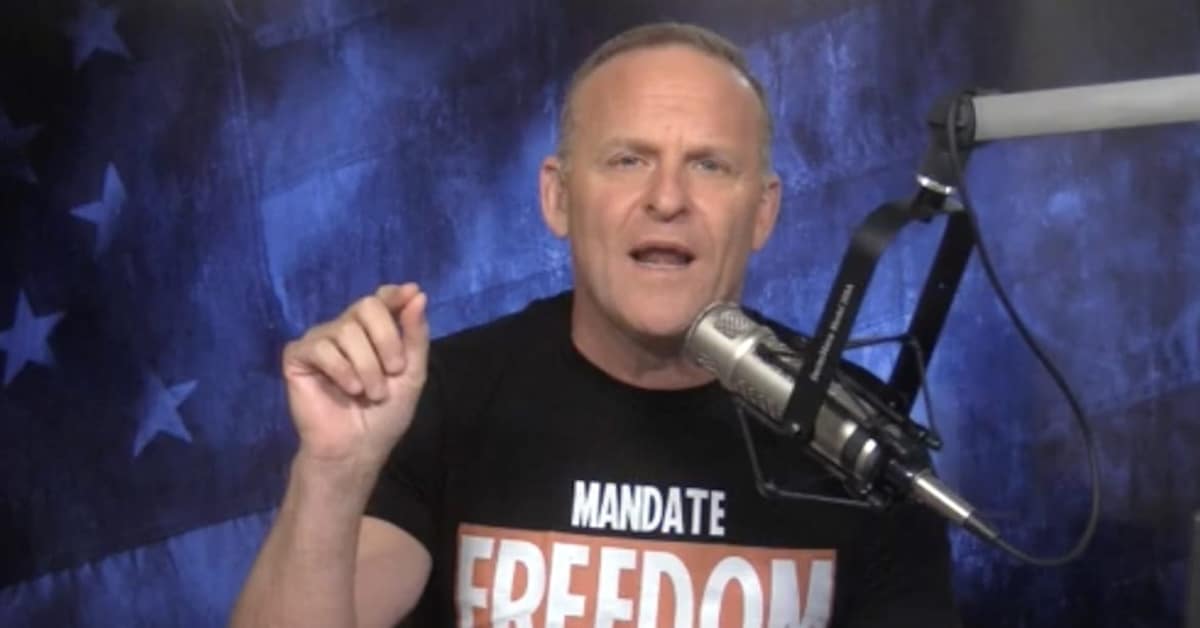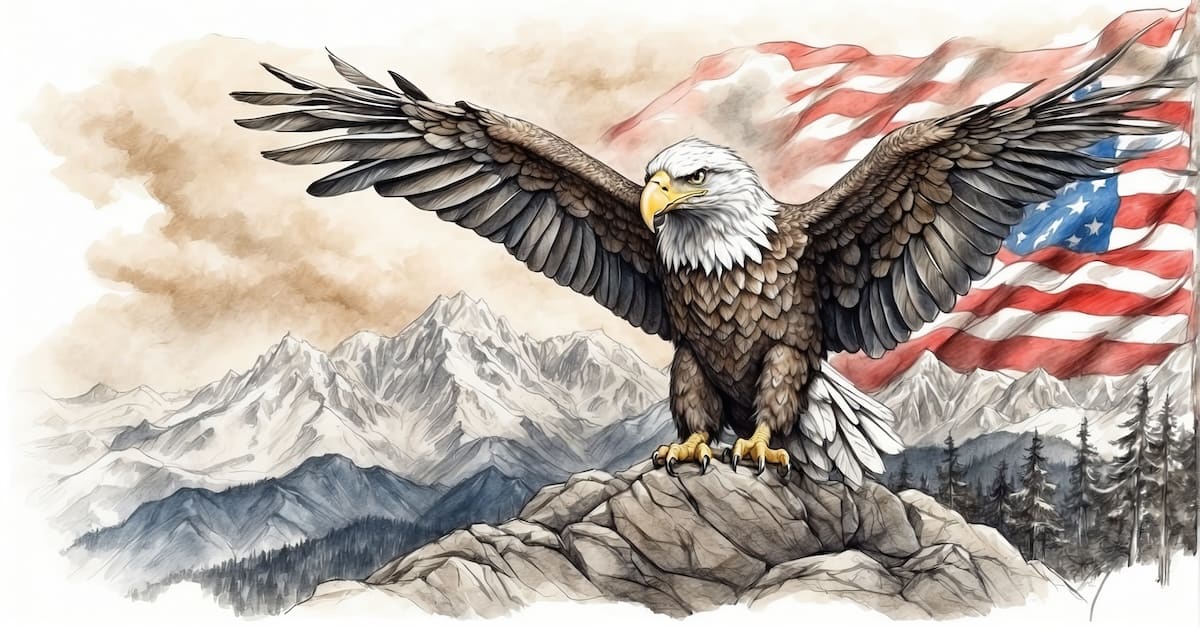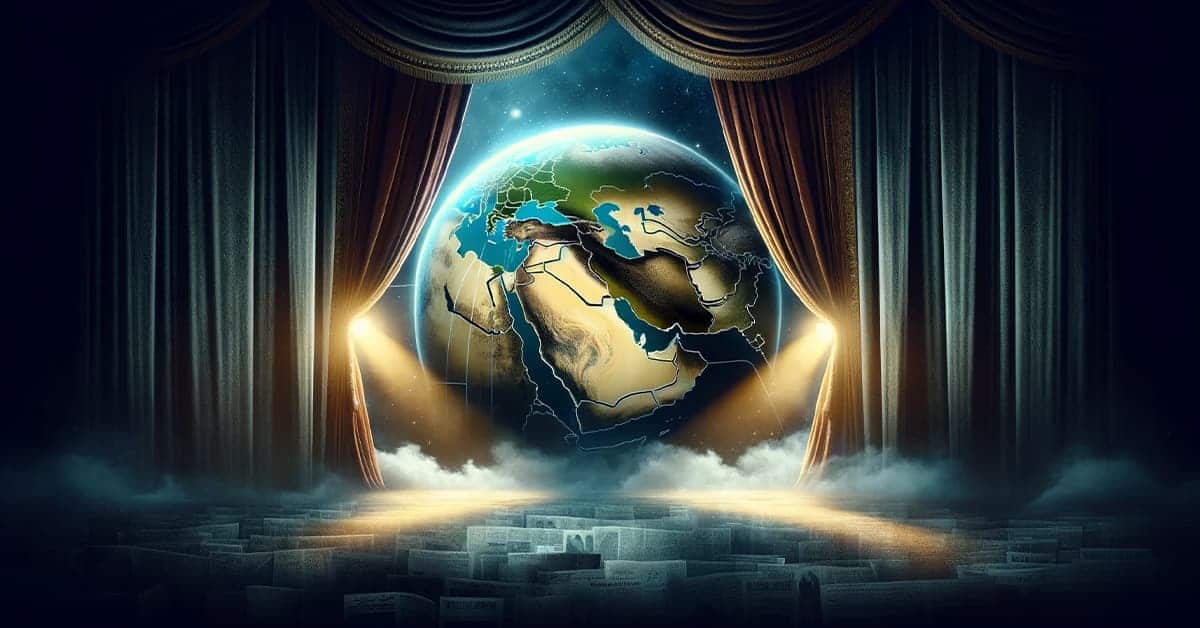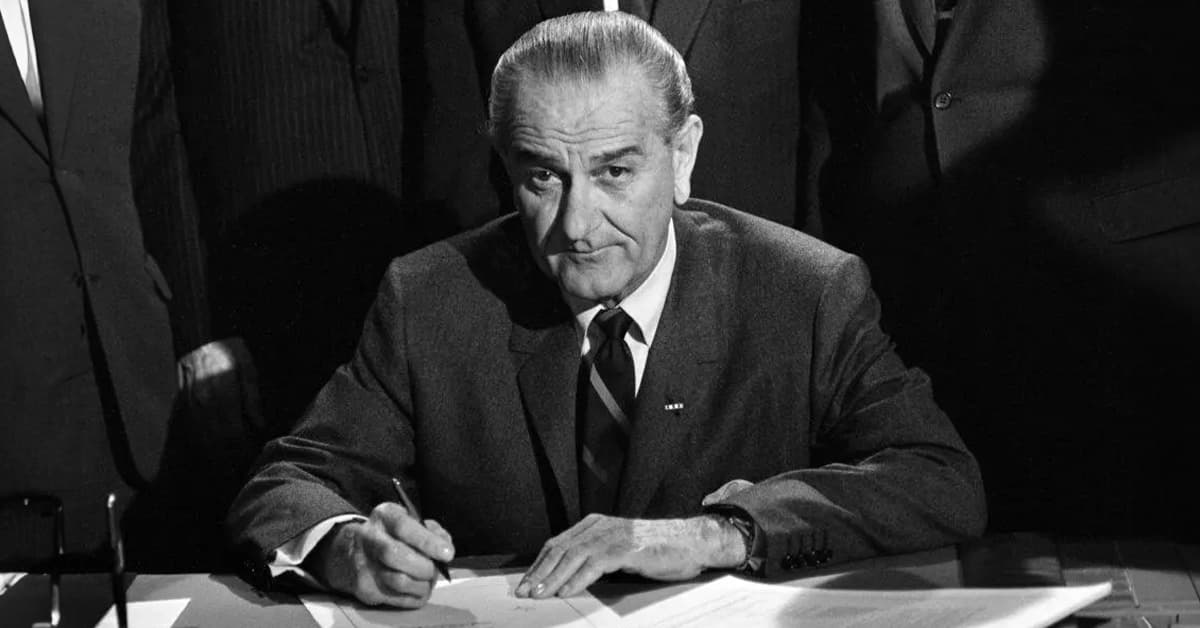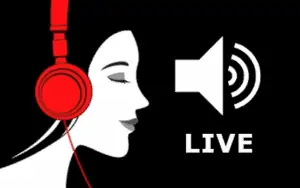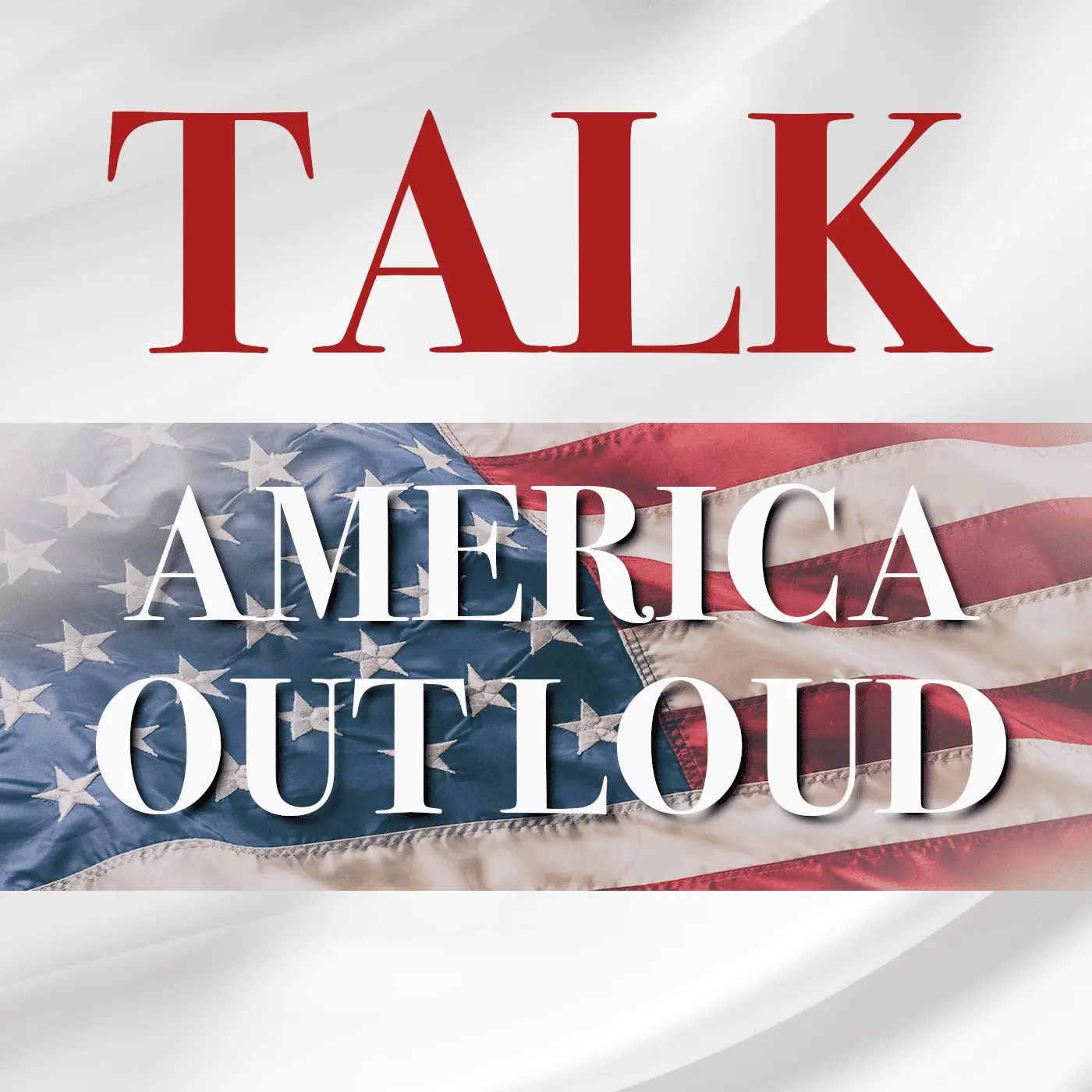“Congress shall make no law respecting an establishment of religion, or prohibiting the free exercise thereof, or abridging the freedom of speech, or of the press, or the right of the people peaceably to assemble, and to petition the Government for a redress of grievances.”
One of America’s great pastimes is “the protest.” A constitutionally protected right, it has somehow gotten confused with its violent and illegal cousin, “the riot.” It seems that today’s mainstream media has a rather difficult time discerning between the two. With a building burning intensely behind him, a reporter described an actual riot as a “mostly peaceful protest.” The first real clue for all future riot viewing is: Fire is a rioter’s favorite companion! If someone is burning things, you no longer have a protest; you have a full-fledged riot. So, we are going to give you a way to evaluate and classify the riots you will be watching in the future and when, exactly, it turns to “rioting for fun and profit.”
Rioting is a long-held American activity. The Boston Massacre resulted from a protest evolving into a riot and creating an incident that was long held to be a critical trigger point for our Revolution. The great sociologist Edward Banfield gave us four categories of riots: 1/ The Rampage, 2/ The Foray for Pillage, 3/ The Outburst of Righteous Indignation, and 4/ The Demonstration.
“The Rampage” is a riot of anger and is marked primarily by the involvement of the young, especially young men. It may be triggered by an incident or event, but the truth is the young were already frustrated, and the incident was merely an excuse to vent violently. As far back as 1809, rampages in the urban centers by youth were a problem, and their target is property and the police. Today’s idle youth and social justice warrior propaganda are creating a greater and greater likelihood that the next riot you see will stem from and event triggering a rampage.
Next is the “Foray for Pillage,” traditionally a riot of young adults looting and destroying. This is a common problem associated with other disruptive events, from power outages to earthquakes to the other riot types. As far back as 1711, Boston had an ordinance severely punishing those who used “calamities or disturbances” to steal.
Our third category is the “Outburst of Righteous Indignation,” a spontaneous event based on some perceived, rightly or wrongly, injustice, one the crowd believes will go unpunished. The Boston riots of 1837 involved a sixth of the city rioting against Irish Immigrants after a brawl between 20 drunk firefighters, and around a hundred Irish immigrants erupted; miraculously, no one was killed, but the militia had to be brought in to quell the rioting. The targeting of this kind of riot is the offending party in the eyes of the rioters: Police, banks, stores, and anything that was the perceived provocation will be the target of their actions and their ire.
Our final category is the “Demonstration.” A political or ideological event that is NEVER spontaneous involves a plan and a structure as to what will happen. Marked initially by public disobedience, often leading to defacing or destroying property. The destruction of a monument, statue, or other symbol is often the initial event that will let you know it is a riot of demonstration, not a real “protest!” It also should be understood that this is precisely the disruptive event that our “Pillagers” are waiting for once they arrive, the fun really begins. One couldn’t help but notice the almost carnival-like atmosphere surrounding the “mostly peaceful” riots of 2020 and 2021…fun times, right? For law enforcement officials, the first indication will be the arrival of the looting group and be marked by young adults, mostly male, and a completely different attitude than the demonstrators.
The good Dr. Banfield also warned us of “Accelerating Causes” that take a protest to the riot level. The biggest he identified in the ‘70s was the presence of sensational television coverage. Today’s modern social media exacerbates this effect by a serious magnitude and turns a simple protest into brutal riot very quickly. Constantly giving moral validity, as today’s media too often does, to the rioters only adds fuel to the fire, and speaking of fire, it is not only the natural tool of rioting the energy of the fire accelerates the energy of the mob, and will be a key indicator to authorities to get ready for a deterioration of the situation.
Another issue of media coverage is the way it inspires and trains others in the way of the riot. How to deal with the police, overcome tear gas and other crowd control methods, and how to plan more effectively. The Antifa and BLM crowd were seen to constantly adjust to the actions of the police, and it was obvious they were gathering intelligence and sharing it across the nation. Additionally, Pillagers have been known to drive for hours inspired by the coverage of admiring media and social influencers to get their shopping in before things calm down.
Finally, we need to address the issue of punishment or lack thereof. Rioters who know they can expect no legal ramifications are only more inspired to do their worst with impunity. Knowing so many jurisdictions have limited the police options for crowd and riot control combined with prosecutors in sympathy with the participants and a court so lenient as to be non-functioning in many locations means real trouble ahead. Riots have always flourished in urban centers partly due to the ready supply of young males and the anonymity of a large population. Of course, the city of Kenosha, Wisconsin, can probably tell you how a midsize city needs to be ready almost instantly when a high-profile, high-intensity event like a police shooting occurs. There exists a willing group of agitators looking to gain attention and aggravate a potentially explosive tragedy that occurs.
Training, equipment, communications, and decisive leadership are essential to protect property, lives, and the safety of first responders, and in today’s environment of defunding or “reimagining” the police, we may see many locations relying on such external sources as National Guardsmen to restore peace and protect a community.
The right to protest is sacred, but everyone needs to read that first paragraph in this column again…” the right of the people peaceably to assemble, and to petition the Government for a redress of grievances.”
We must remember rights are restricted if and when you break the law! Rioting is NOT a right, it is a crime, and while you are watching one unfold on your television over the next few years, you can explain to your family the type of riot they are watching and when it has become a riot for fun and profit.











